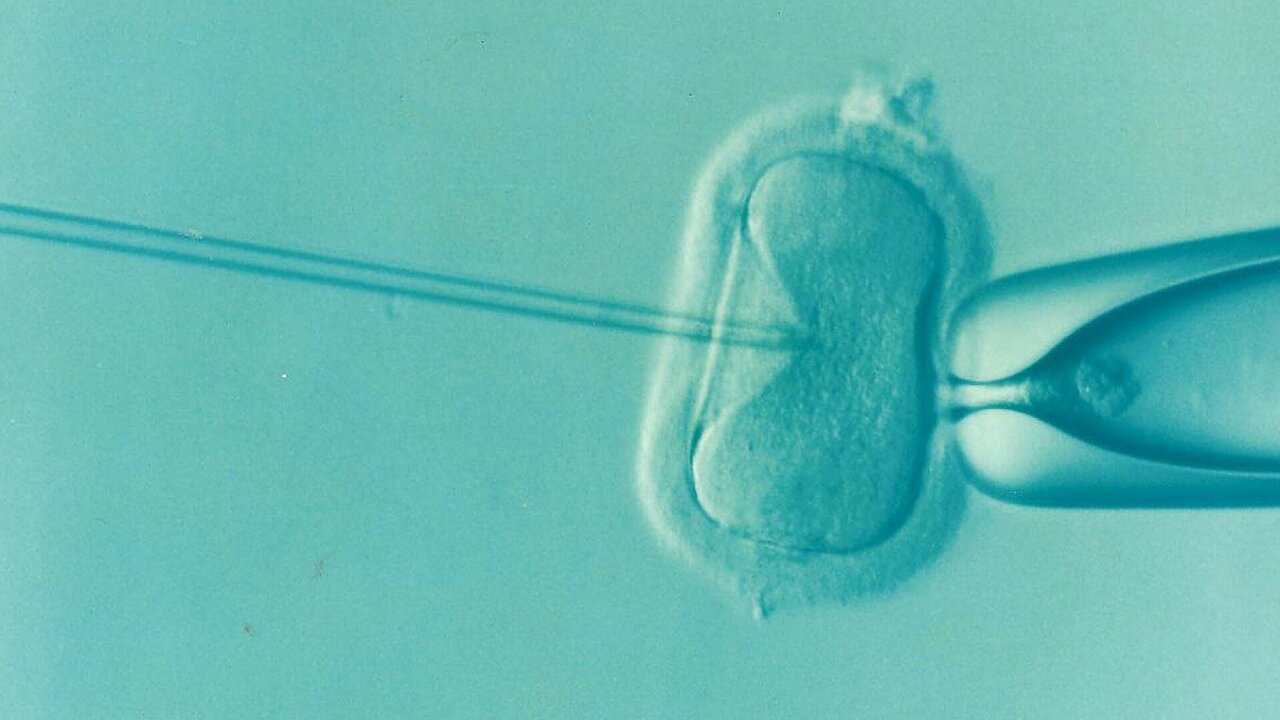Last week, researchers revealed the arrival ofeight healthy babiesconceived in the United Kingdom with genetic material from three individuals. Someheadlines have called it “three-person IVF.”
Subscribe to our newsletterfor the most recent science and technology news updates.
The developing embryo incorporates genetic material from the intended father and mother, along with cells from an additional woman’s egg (the donor).
Tolong support kita ya,
Cukup klik ini aja: https://indonesiacrowd.com/support-bonus/
This procedure, referred to as mitochondrial replacement therapy, enables women withcertain genetic disordersto have a child without transmitting their condition
Although it has sparked wider discussions about “three-parent” babies, the situation is not straightforward. Here’s what makes it improbable that this advancement will change the various methods through which LGBTQ+ individuals are already forming families.
What this innovation is—and isn’t
The United Kingdom was the first nation globally to permitmitochondrial donationfor three-person embryos 10 years prior,in 2015.
In other nations, such contributions are prohibited or heavily regulated. InAustralia, a step-by-step method to enable mitochondrial donation was implemented in 2022. Phase one will includeclinical trialsto assess safety and efficacy, and create well-defined ethical standards for contributions.
These limitations are founded onpolitical and ethical concernsregarding the utilization of human embryos in research, the uncertain health effects on future children, and the wider consequences of permitting genetic alteration of human embryos.
Some people are worried about the ethical or legal consequences of having children with “three parents.”
It is clearly essential to thoughtfully and gradually examine these ethical concerns. However, it is misleading to claim that this process results in three parents.
First, the quantity of DNA the donor contributes is minimal, only0.1% of the infant’s genetic material. The infant will not exhibit any physical traits similar to the donor.
While it is notable thattwo women’s DNAhas been utilized in the creation of an embryo, it does not imply that lesbian couples will be quickly seeking out this specific in vitro fertilization (IVF) technology.
This method is exclusively utilized for individuals with mitochondrial disorders and is strictly controlled. It is not accessible on a broader scale, and in Australia, it is not yet available even for this specific purpose.
Second, although biological heritage plays a significant role in the identity and self-perception of many individuals, genetic material by itself does not define parenthood.
Many adoptive, foster, and LGBTQ+ parents can confirm that raising a child involves love, bonding, and daily gestures of compassion.
How do families with rainbow parents utilize in vitro fertilization?
Existing IVF is already expensiveand medically intrusive. Many fertility services provide a variety ofadditional treatmentsclaimed to improve fertility, but additional treatments increase expenses and are not always advised by physicians.
While numerous lesbian couples and individual womenuse fertility servicesto gain access to donor sperm, not everyone will need touse IVF.
Less minimally invasive methods of fertilization, includingintrauterine insemination, could be an option for women who do not have fertility issues. This involves placing sperm directly into the uterus, instead of fertilizing an egg in a laboratory and then transferring the resulting embryo.
Couples of the same sex who have the opportunity tohave a baby using a sperm donorthey are aware of—instead of from a registry—may also decidehome-based insemination, the classic turkey baster. This is a more affordable and personal method of conception, and many women choose a donor who will havesome involvement in their child’s life.
In recent years, “reciprocalIVF has also become more popular among lesbian couples. This involves creating an embryo with one partner’s egg, while the other partner carries it.
The growing popularity of reciprocal IVF indicates that biology still has a significant role for LGBTQ+ women in having a child. When both mothers have a biological link to the child, it could help address certain challenges.stigmatizationregarding “non-birth” mothers as less valid
But biology is certainly not the defining characteristic ofrainbow families.
LGBTQ+ individuals are already raising children
The 2021 census17% of same-sex couples had children residing with them; for female same-sex couples, the figure was 28%. This may not reflect the full picture, since the census only gathers information on couples who cohabit.
Couples of the same sex frequently have children with the help of donated sperm or eggs, and this can includesurrogacy. However, within the LGBTQ+ community, there arediverse ways people become parents.
Same-sex couples are a segment of the LGBTQ+ community. Increasing numbers oftrans and non-binary peopleare deciding to have a child (as gestational parents), as well assingle parentswho utilize donors or reproductive services. Many others become parents through sexual intercourse, includingbi+ peopleor others who become pregnant within a relationship.
Although same-sex couples are permitted to adopt children in Australia,adoption is not common. However, many foster parents are LGBTQ+.
When they donate eggs or spermto others, some LGBTQ+ individuals might remain engaged in the child’s life as a close family friend or shared parent.
Connection and compassion, not genetic material
Although mitochondrial replacement therapy represents a significant breakthrough in genetic technology, it is not expected to create new options for LGBTQ+ individuals seeking to become parents in Australia.
Emphasizing the significance of families formed through choice—rather than biology or technological advancements—has been essential to the LGBTQ+ community’s narrative and the struggle of rainbow families for acknowledgment.
Decades of researchNow it is evident that children raised by same-sex couples perform just as well as those from other families. What is important is the parents’ consistency, affection, and level of care.
This piece is reprinted fromThe Conversationunder a Creative Commons license. Read theoriginal article.
Provided by The Conversation
This narrative was first released onMedical Xpress.







